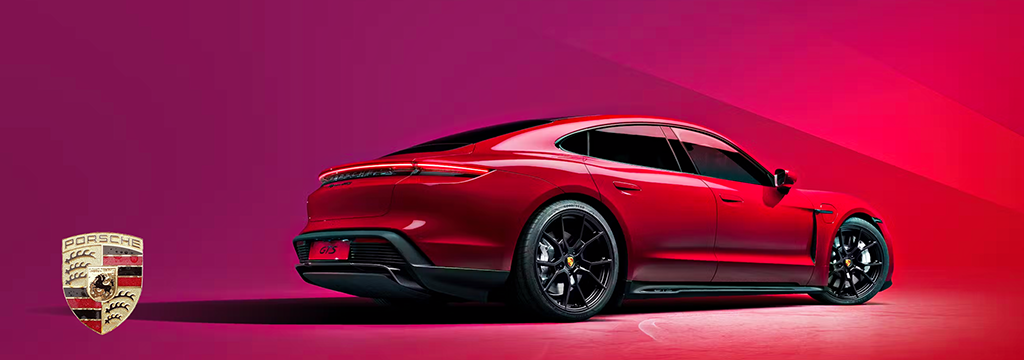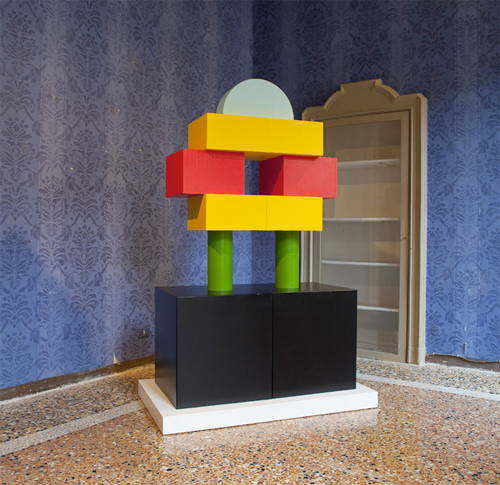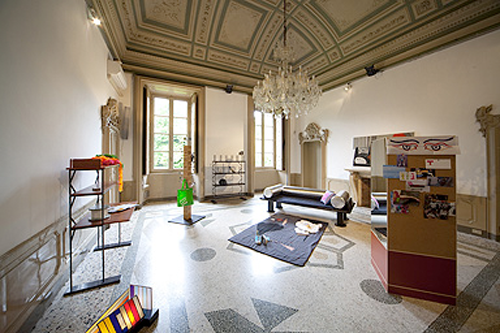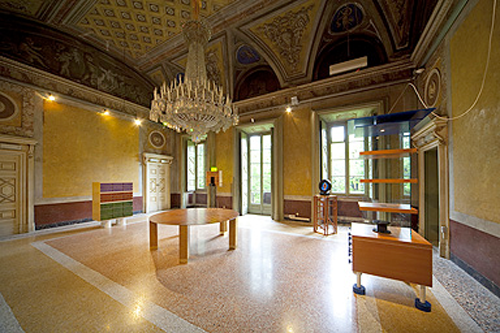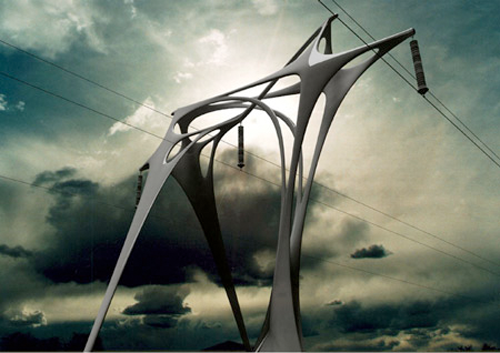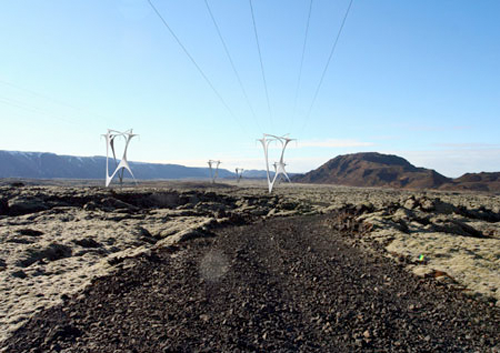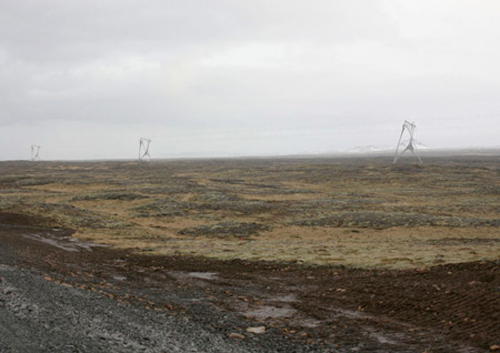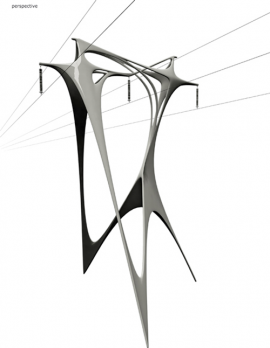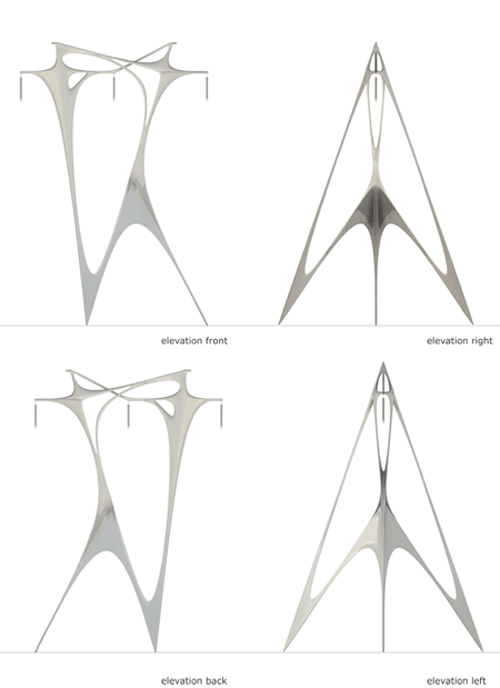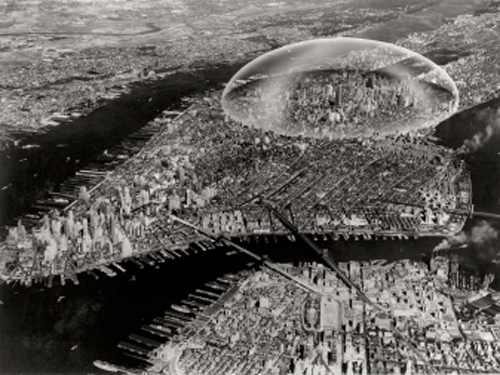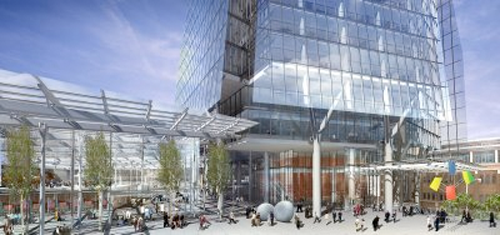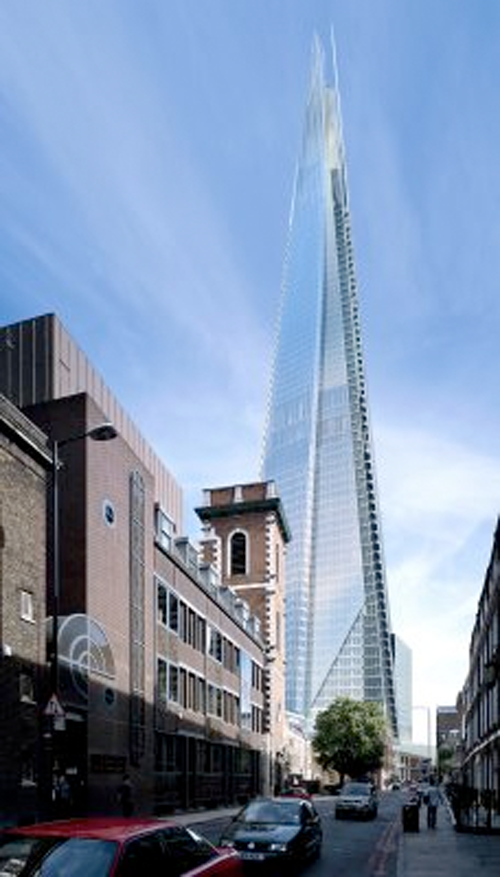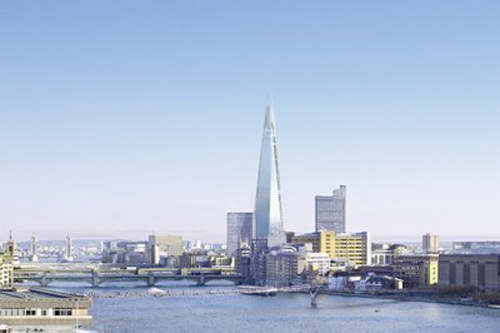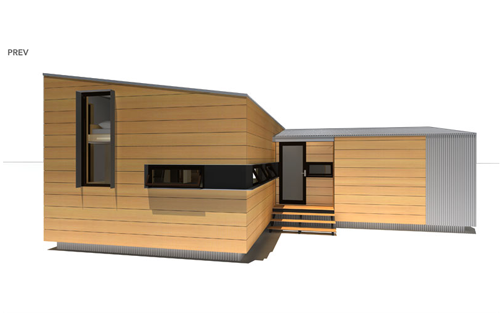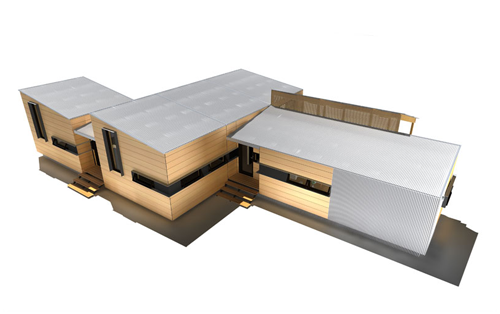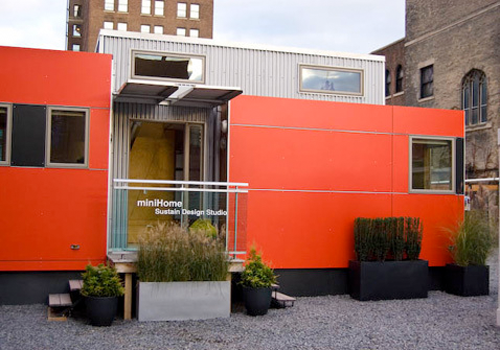
100 years. daniel burnham. chicago.
Chicago’s Burnham plan is 100 years old.
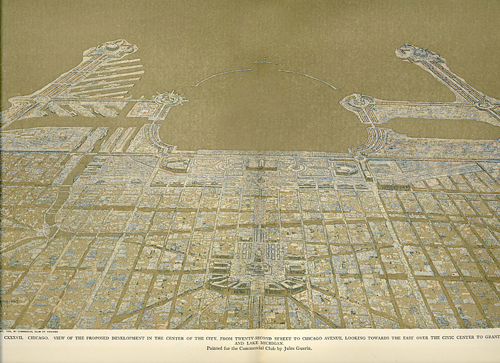
above: image from the 1909 publication ”Plan of Chicago” by Daniel Burnham. Burnham was famous for the dictum “Make no little plans,” and Jules Guerin’s alluring watercolor renderings in the published “Plan of Chicago” gave this vision an ethereal cast.
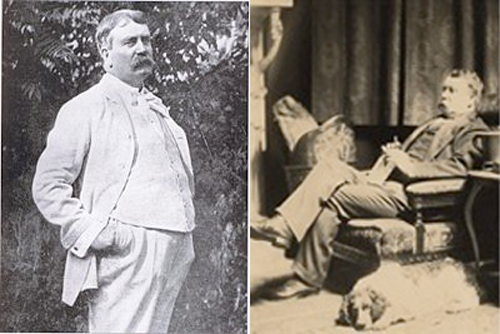
above: daniel hudson burnham.
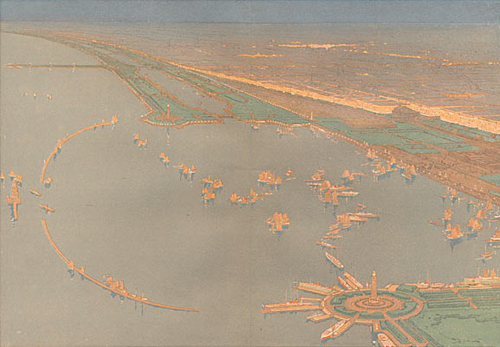
above: This view from the Plan of Chicago shows Grant Park and a proposed harbor in the lake. Much of Daniel Burnham’s plan for the layout of the city was implemented. In addition to being an important planning document, the 1909 plan was a beautiful work of art. (Photo courtesy Chicago Historical Society)
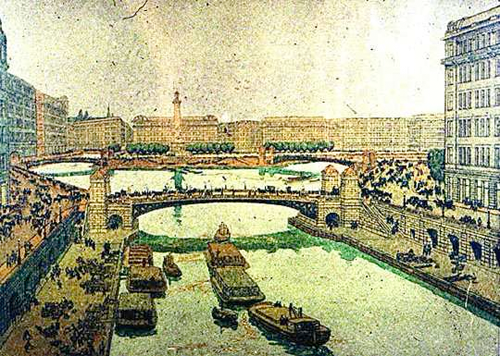
above: River intersection, from Daniel H. Burnham and Edward H. Bennett, Plan of Chicago. note: the building depicted on the far right is now merchandise mart which was built in 1930.
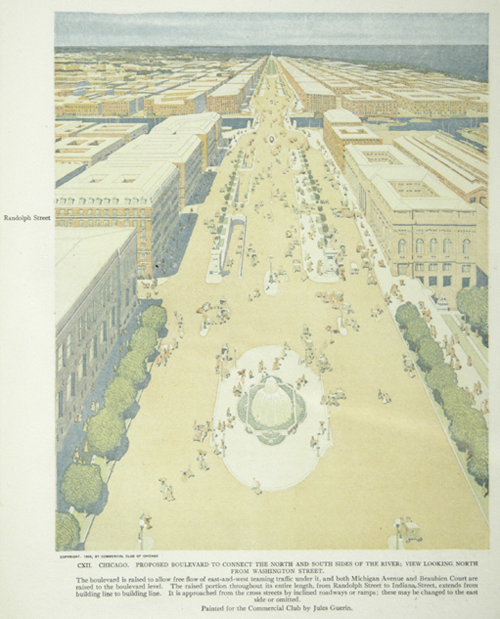
above: Guerin, Jules. “Proposed Boulevard to connect the north and south sides of the river; View looking north from Washington Street.” (artwork courtesy of Newberry Library) note: in 1909 no one appears to have envisioned the “sky scraper” though “invented” by William Le Baron Jenney (1832–1907) with his ten-story Home Insurance Building on the corner of La Salle and Monroe streets in Chicago in 1885.
2009
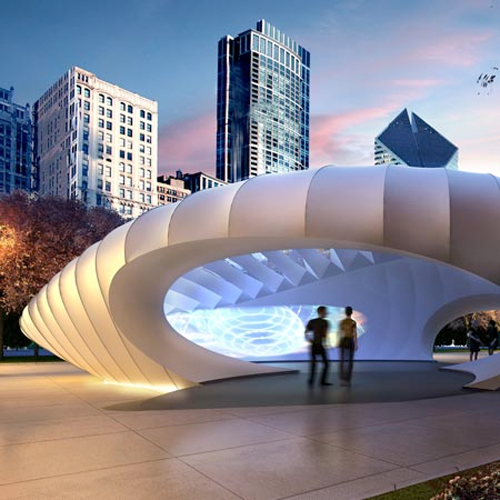
above: Burnham Pavilion by Zaha Hadid Architects, a temporary pavilion in Millennium Park, Chicago.

above: The pavilion, along with another designed by UNStudio (see below), will celebrate the Burnham Plan Centennial events and will be open to the public from 19 June to 31 October.
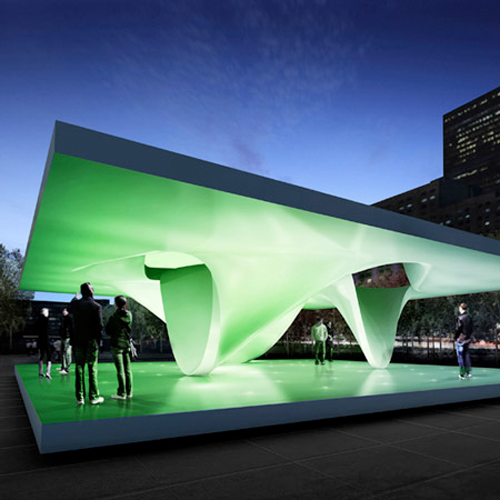
above: The temporary pavilion from Ben van Berkel of UNStudio.
Scale model
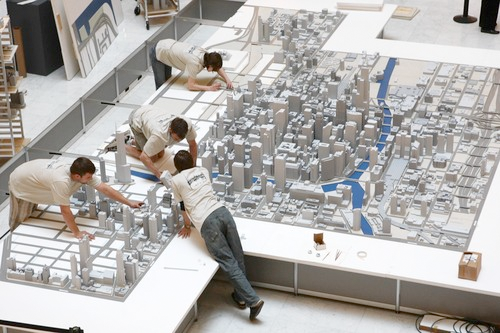
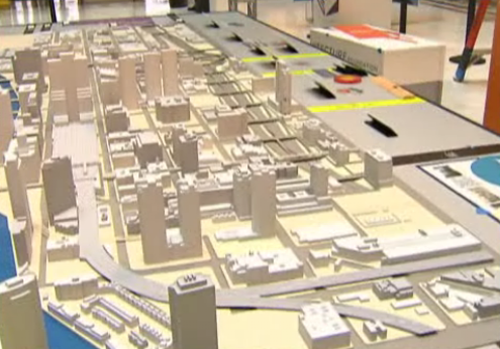
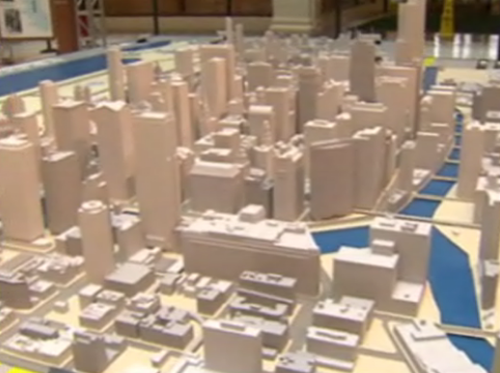
above: The Chicago Architecture Foundation putting together a scale model of Chicago at its headquarters on Michigan Avenue in celebration of the centennial of the Burnham Plan.
WGN: video of scale model
Chicago was lucky to have an urban visionary who not only had credibility but social clout amongst Chicago’s elite. Planning for this Centennial has been going on for over a year and there are fortunately
many resources.
The future
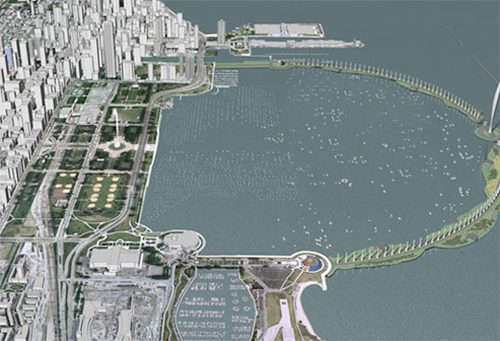
above: proposed Eco-Bridge will serve as a breakwater in the Monroe Harbor and create recreational space for residents and visitors.
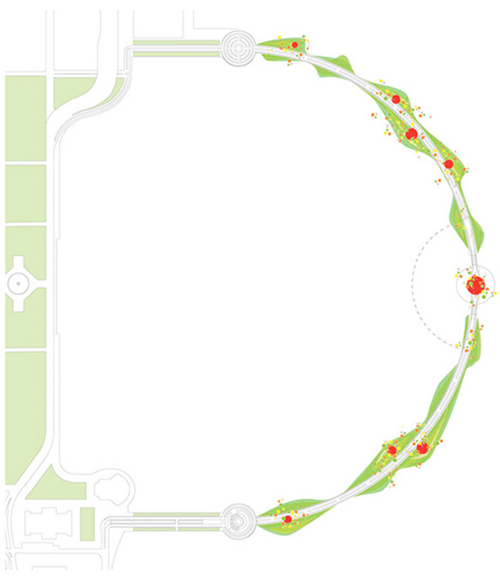
above: to give a modern and sustainable twist to the original idea, wind turbines will also be incorporated in the project to add economic value and show Chicago’s dedication to sustainability. An observation tower will be placed at the center of the bridge, providing spectacular views of the lake and city.
Chicago hopes that the Eco-Bridge will further enhance their bid for the 2016 Olympic Games – they hope the observation tower will be used to house the Olympic flame.
Chicago is also lucky to have a visionary with all kinds of clout who is inspired by Europe, loves all things green, bikes all over the city, likes scale models and the Olympic Games. Thank you mayor Richard M. Daley.
Additional information:
The Burnham Plan: the plan for chicago
Chicago Architecture Foundation: burnham plan centennial events
The Art Institute of Chicago: without bonds or limits
Wikipedia: daniel burnham
Wikipedia: burnham plan
The Urbanophile: what made the plan successful
Inhabitat: eco-bridge
Paul Goldberger: toddlin’ town
Unbeige: excited mayor leads to scale model
